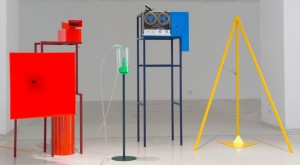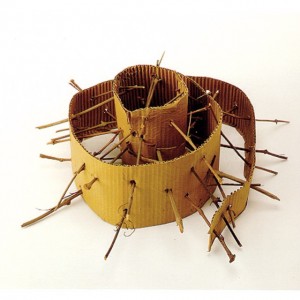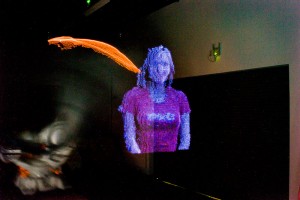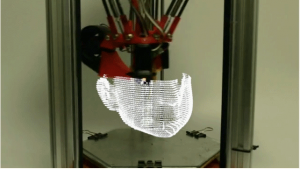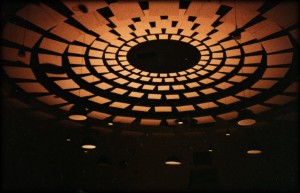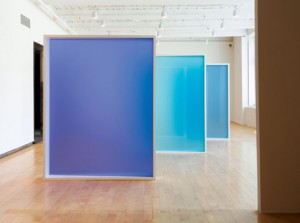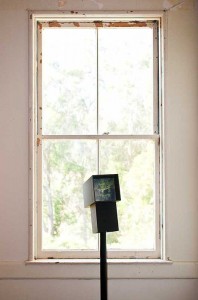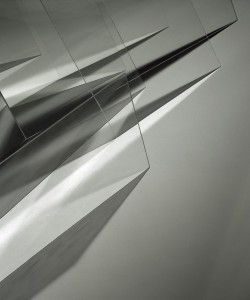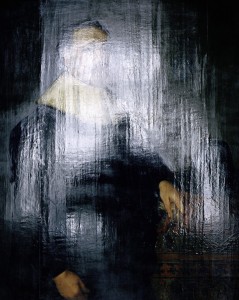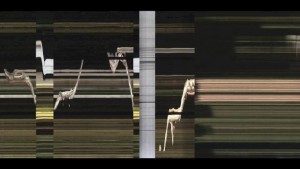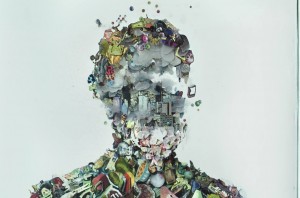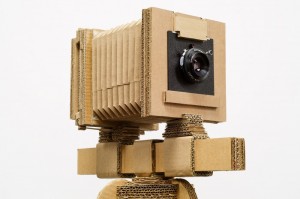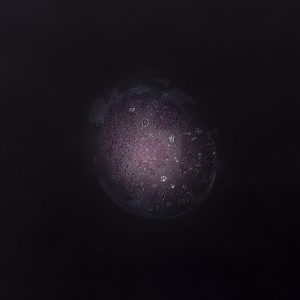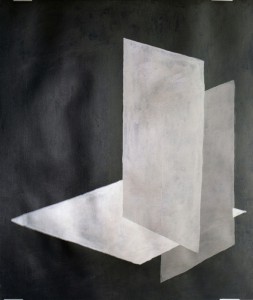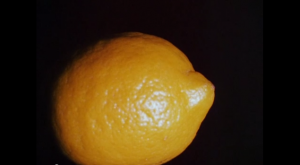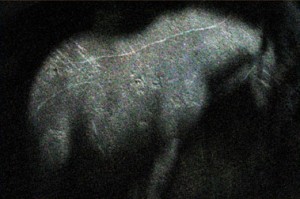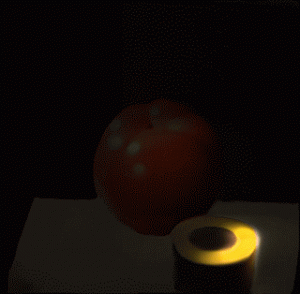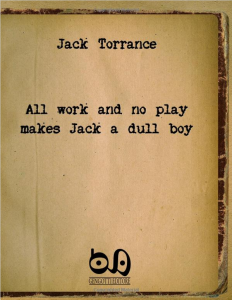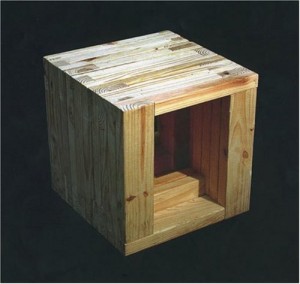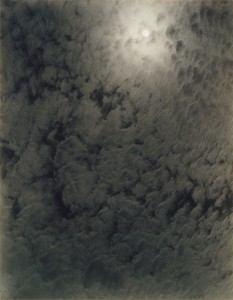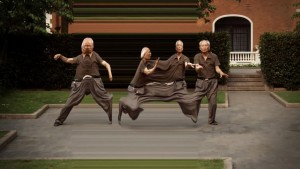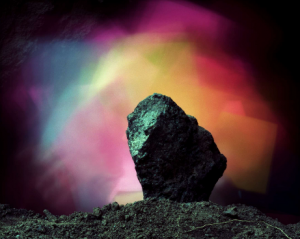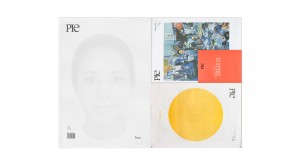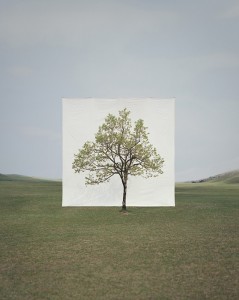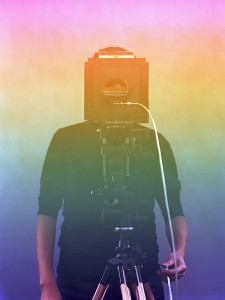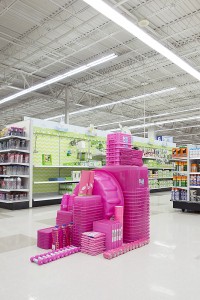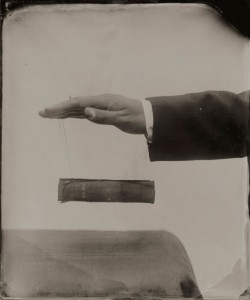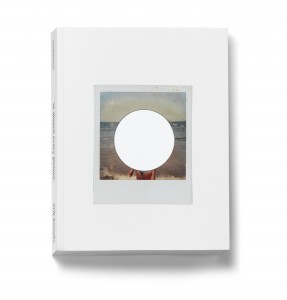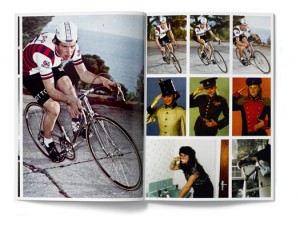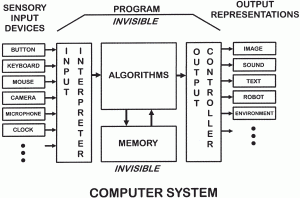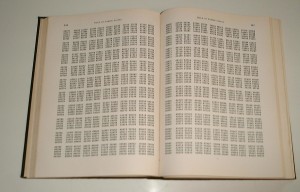Latest Entries
Jeff Crossman
Industrial Light Painting aims to create high fidelity three-dimensional light paintings of real people. This is done by combining the precision of a computer controlled industrial arm and a RGB LED with a Kinect camera to capture and recreate portraits in depth and color.
Stan Shaff
audium
“I ask listeners to see with their ears and feel with their bodies
sounds as images, dreams and memories.
As people walk into a work, they become part of its realization.
From entrance to exit, AUDIUM is a sound-space continuum.”
link
Kenneth Goldsmith
It’s a Mistake to Mistake Content for Content
Back in 1983, the media critic and philosopher Vilém Flusser (1920–1991) described this exact phenomenon in a little book called Towards a Philosophy of Photography. Flusser claimed that the content of any given photograph is actually the camera that produced it. He continued with a series of nested apparatuses: The content of the camera is the programming that makes it function; the content of the programming is the photographic industry that produces it; and the content of the photographic industry is the military-industrial complex in which it is situated, and so forth. He viewed photography from a completely technical standpoint. In Flusser’s view, the traditional content of the cultural artifact is completely subsumed by the apparatuses — technical, political, social, and industrial — surrounding, and thereby defining, it.
Liz Deschenes
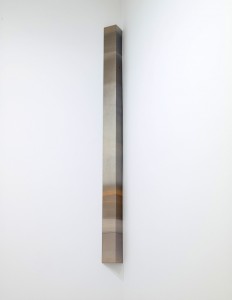
Ms. Deschenes’s whole career has consisted
of stripping photography to its core,
exposing the apparatus.
What is gained by threading this practice
through the needle of minimalism?
nyt
Deschenes’ practice makes visible the materials,
properties, and chemical processes of photography
rather than represent the external world.
massmoca.org
Tokihiro Satō
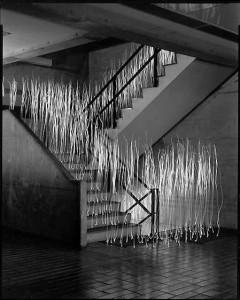
Photo-Respiration #1 1988
link
Hollis Frampton
Hollis Frampton’s Lemon (1969) examines the nature of vision, illusion, spatiality, and film. Unlike Frampton’s Nostalgia, Lemon is silent. It is a minimalist movie, in which a single static shot of a lemon continually changing in appearance as the light on screen changes. The film is thematically similar to Frampton’s Poetic Justice, which also examines film’s physical presence.
Paleo Camera
The Image of a living horse projected inside
a camera obscura onto a tilted stone plaquette.
“Small random holes in Paleolithic hide tents coincidentally
and occasionally created camera obscuras, which projected
moving images inside the dwelling spaces, triggering profound
spiritual, philosophical, and aesthetic advances.”
Jack Torrance
All Work And No Play Makes Jack A Dull Boy:
The Masterpiece Of A Well-Known Writer With No Readers…
allworkandnoplaymakesjackadullboy.net
David Morrow Guthrie
Cube
A cube. It’s one of nature’s purest, most basic forms. We see cubes every day, usually made of elemental materials like sugar and ice. But what if the cube is something altogether more complicated? What happens when cubes are constructed of plywood and bamboo, foam and hay, chopped up telephone books and strands of chicken wire? Cube is a speculative investigation of this primal shape, a tactile exploration of the imagination in which unexpected materials create surprisingly beautiful and intriguing objects.
Alfred Stieglitz
Equivalents is a series of photographs of clouds
taken by Alfred Stieglitz from 1925 to 1934.
They are generally recognized as the first photographs
intended to free the subject matter from literal interpretation,
and, as such, are some of the first completely abstract
photographic works of art.
Brice Bischoff
Bronson Caves
In the series of photographs titled Bronson Caves, the caves served as a stage set yet again. I performed actions for the camera with massive sheets of colored paper. Since a long-exposure photograph was produced rather than a motion picture, the papers were recorded as voluminous, glowing colors. The materiality of the rainbowed forms, emerging from the mouth of the cave, dancing about the canyon, and bubbling up from the ground, are based solely in the photographic process, and can only be experienced when viewing the final photographic prints. If a visitor to the caves were to accidently stumble upon my performance they would only see a mass of crumbled colored paper draped awkwardly over a man moving/dancing to a camera positioned on a tripod. The goal of these performances was to create sculptural, photographic objects that interacted with the history and architecture of the caves.
Void Drawing
Circle – Songpa-gu
Point A: 37°29’51.53” N, 127°07’45.01” E, elevation 2.08 km
Point B: 37°30’37.68” N, 127°08’01.83” E, elevation 0.6 km
Diameter: 1.48km
voidDrawing.circle(37.497647, 127.129169, 2080.0, 37.510467, 127.133842, 600.0);
// (latitude_A, longitude_A, altitude_A, latitude_B, longitude_B, altitude_B);
Pie
Our aim is to inspire by taking the side road, of the side road, of the side road to uncover forgotten stories, overlooked trivia and understated sensations. Each issue becomes a theme-based mini-encyclopaedia and acts like a timeless flicker and thought-trigger.
piepaper.com
Myou Ho Lee
Physical Isolation and its Visual Confirmation
Myoung Ho Lee separates subjects from their original circumstances to derange the difference between subject and image. His work reveals nature by twists and turns, a little fabrication and optical illusion.
Myoung Ho Lee enacts his works as ‘a series of discourses on deconstruction in the photography-act’.
His works are largely composed by following four procedures:
1. Selection of The Subject
2. Separation of The Subject (meta-subject)
3. Photographing
4. Confirmation of The Separation
Akihiko Miyoshi
The photographs are taken facing a mirror with colored tape adhered to the front of the camera’s lens as they attempt to unpack the structural mechanics of photographic representation. The tapes obstruct the lens creating a field of color that cloud over the frame and the reflection of the artist. The photographs are on the verge of becoming abstract recalling color field paintings. Yet paradoxically it simultaneously reinforces its photographic origins by insisting on its own indexicality.
HYPER GEOGRAPHY
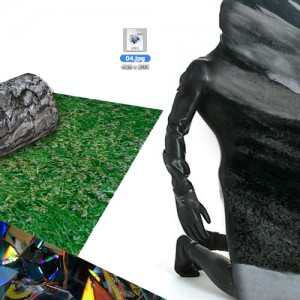
“What in the history of thought may be seen as a confusion
or an overlapping is often the precise moment of
the dramatic impulse.”
hypergeography.tumblr.com
In Almost Every Picture
The fourteenth edition of Erik Kessels’ found photography series presents a semi-nude detective story: who chopped the heads off all the sunbathers?
Useful Photography
Cut out a photograph from a wholesale butcher’s brochure, hang it over your bed, and a year later you still won’t be bored of it. It is precisely these photographs we are confronted with daily, without even being aware of it, that can hold our interest for an astonishingly long time. Photography from sales catalogues, instruction manuals, packaging, brochures and textbooks. Anonymous, because what photographer expects to create a furore with a chicken breast photo? As soon as the images are taken out of their original context and placed in a new one, they can produce interesting results.
Cory Arcangel
Arcangel often uses the artistic strategy of appropriation, creatively re-using existing materials such as dancing stands,[3] Photoshop gradients,[1] and YouTube videos[1] to create new works of art. His work explores the relationship between digital technology and pop culture.
A Million Random Digits
amazon
“I bought two copies of this book.
I find that the first copy perfectly predicts what the numbers
will be in the second copy.
I feel cheated.”
Roden Crater
“It is a volcanic crater located in an area of exposed geology, the Painted Desert, an area where you feel geologic time. You have a strong feeling of standing on the surface of the planet.”
—James Turrell
Sonja Braas
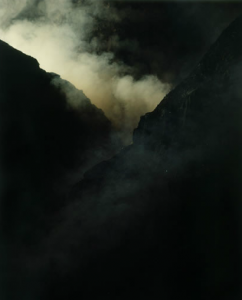
The Quiet of Dissolution
.com
Yvonne Rainer
No Manifesto
No to spectacle.
No to virtuosity.
No to transformations and magic and make-believe.
No to the glamour and transcendency of the star image.
No to the heroic.
No to the anti-heroic.
No to trash imagery.
No to involvement of performer or spectator.
No to style.
No to camp.
No to seduction of spectator by the wiles of the performer.
No to eccentricity.
No to moving or being moved.
Heather Dewey-Hagborg
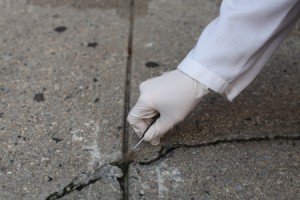
3D Portrait Sculptures using DNA Samples from Strangers
Portrait sculptures from the analyses of genetic material
collected in public places.
International Center of Photography
The International Center of Photography (ICP) is the world’s leading institution dedicated to the practice and understanding of photography and the reproduced image in all its forms.
